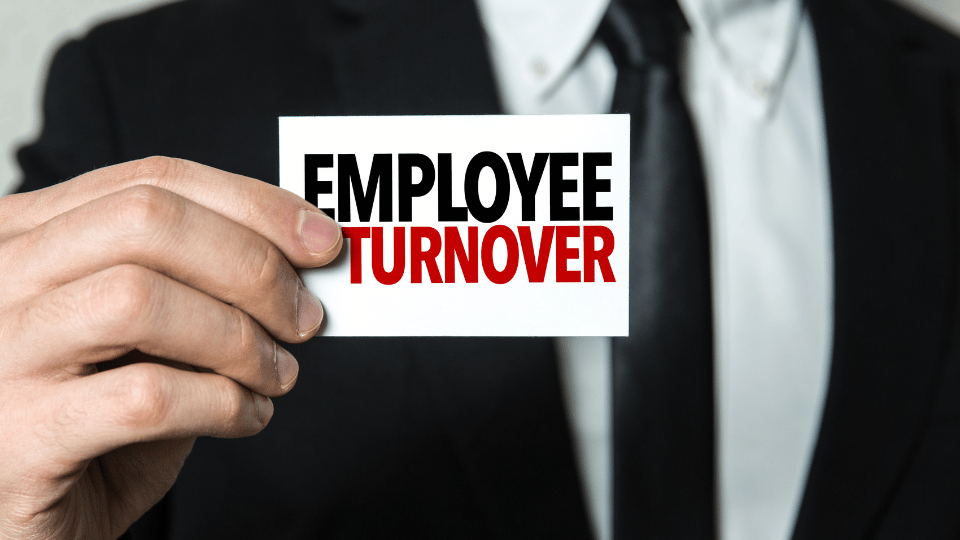Strategies for Reducing Turnover Among MRO Technicians

In today’s aviation environment, technician turnover poses a significant operational and financial challenge for maintenance, repair, and overhaul (MRO) organizations. As global air traffic rebounds and fleets expand, demand for qualified technicians continues to outpace supply. According to the Aviation Week MRO Market Forecast, the industry faces a persistent talent shortage that could hinder growth and efficiency in the years ahead.
High turnover not only disrupts maintenance schedules but also drives up recruitment, training, and compliance costs. Retaining experienced technicians is therefore not just an HR priority—it’s a strategic imperative for maintaining safety, reliability, and profitability.
Understanding the Root Causes of Turnover
Technician turnover is rarely the result of a single factor. Rather, it emerges from the intersection of workforce demographics, working conditions, compensation structures, and career development opportunities.
Workload pressures and burnout:
As fleets grow, many MROs are operating with lean teams, leading to longer shifts and heavier workloads. The demanding nature of the job often contributes to fatigue and burnout.
An aging workforce and skill gaps:
A large segment of the MRO labor force is nearing retirement age, while fewer new entrants are joining the industry. This demographic gap intensifies workload pressures and limits knowledge transfer.
Compensation and limited advancement:
In a competitive labor market, technicians are quick to move for better pay or benefits. Companies that fail to provide clear career progression paths risk losing their most skilled employees.
Company culture and leadership:
Technicians value stability, recognition, and communication. Weak leadership, lack of transparency, or minimal investment in employee engagement can all contribute to attrition.
Retention Strategies that Work
Sustainable technician retention begins with a multifaceted approach—addressing not just pay and benefits, but also the culture, training, and career opportunities that shape the employee experience.
1. Competitive compensation and career development
Benchmarking pay and benefits against market data is essential. However, technicians also value professional growth. Offering structured advancement programs and mentorship fosters long-term loyalty.
2. Continuous training and upskilling
Supporting ongoing education—particularly through partnerships like the FAA Workforce Development Programs—signals a company’s commitment to employee development. Upskilling technicians in new technologies or aircraft systems not only enhances productivity but also improves retention.
3. Improved work-life balance
Flexible scheduling, rotational assignments, and better workload management can help mitigate burnout. Many MROs are now adopting staggered shifts and additional rest days to promote employee well-being.
4. Culture and communication
Recognition programs, clear communication channels, and leadership accessibility play a crucial role in employee satisfaction. When technicians feel heard and valued, turnover decreases.
5. Proactive recruitment and retention alignment
Aviation organizations should align recruitment with retention strategies. Knowing what attracts technicians—and why they stay—helps tailor recruitment messages that emphasize culture fit, development, and stability. For insights into talent attraction, see How to Attract Top Aviation Talent in a Competitive Market.
Leveraging Staffing Partnerships to Reduce Turnover
Partnering with an aviation staffing firm can significantly strengthen retention efforts. Agencies specializing in aviation recruitment not only supply skilled, pre-vetted technicians but also understand the cultural and operational needs of MROs.
To explore how these partnerships contribute to workforce stability, see The ROI of Partnering with an Aviation Staffing Firm.
Conclusion: Building a Sustainable MRO Workforce
Reducing technician turnover is not a one-time initiative but a sustained commitment to workforce health. MRO organizations that prioritize culture, training, and strategic staffing will be better positioned to retain skilled technicians and enhance operational resilience.
The industry’s future depends on proactive retention planning and collaboration between employers, educators, and staffing partners. As highlighted in the Boeing Pilot and Technician Outlook, building a robust and stable maintenance workforce is essential for supporting global aviation growth well into the next decade.
